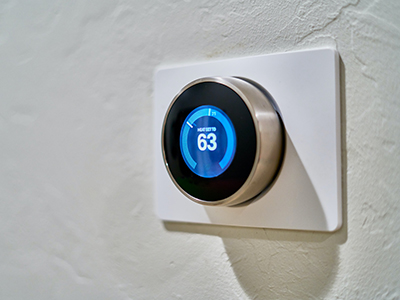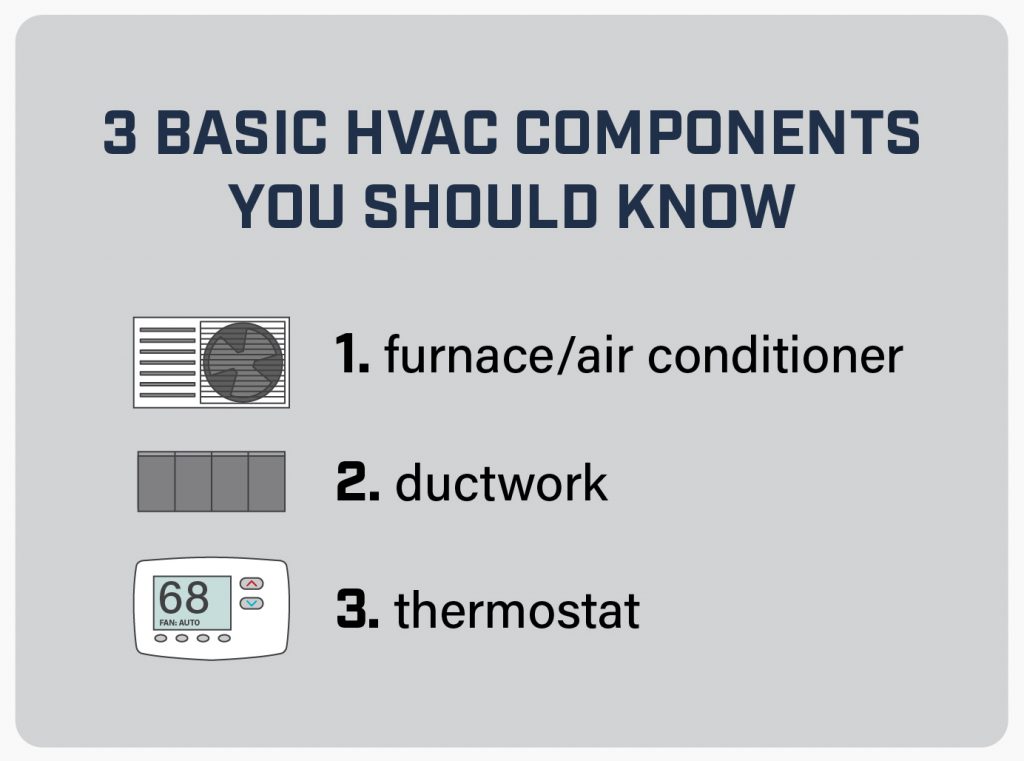How Does HVAC Cooling Work?

With summer in full swing, you might find yourself thinking about your residential air conditioner. Responsible for maintaining your ideal indoor temperature, HVAC systems are the unsung heroes of heating and cooling. Curious how these intricate machines do all the demanding work of cooling down your home? Our Portland HVAC installation and maintenance company has the answers.
How Does HVAC Equipment Work Together to Heat and Cool?
If you are completely new to HVAC systems, it’s a good idea to learn some fundamentals. Knowing a few key facts can help you troubleshoot any potential problems and ask more informed questions when talking with your HVAC contractor.
3 Basic HVAC Components You Should Know
To learn more about how residential heating and air conditioning work in tandem, let’s do a quick overview of the basic components of an HVAC system. Each unit is comprised of three essential parts.

1. A mechanism, or source, that heats or cools the indoor air, for example a furnace (heat source) and air conditioner (cool source).
2. A distribution element that helps circulate air throughout your home, like ductwork.
3. A temperature control unit, often a thermostat.
The sources, or mechanisms, in your residence use the same distribution means and temperature control to heat and cool your home. To put this into a real-life example, let’s say your home has a furnace for heating, central air conditioning to cool, and ductwork. In this case, even though your furnace and air conditioner play separate roles in your residential heating and air conditioning, both mechanisms will utilize the same ducts to force warmed or cooled air throughout your space. You will use the same thermostat to set your ideal indoor temperature in the winter and the summer.
How Do HVAC Cooling Systems Work?
How does an air conditioner remove warm air, where does the heat go, and how does this process effectively cool down your home? The answer to these questions depends on the type of cooling source in your residence.
The most common type of residential HVAC cooling is a central air conditioning split-system unit. Split-systems, like the name suggests, are composed of two separate units, located in two separate locations. The cooling unit is found outside, and the heating unit is housed inside. This type of air conditioner has three major components:
Compressor
The compressor is typically found in the outdoor part of the air conditioner unit. The compressor’s main job is to pump a cooling refrigerant, via a series of tubes, between the evaporator and the condenser.
Condenser
The condenser is the main exterior component that converts the refrigerant from gas to liquid. This allows the compressor to push the refrigerant to the evaporator coil.
Evaporator Coil
The evaporator coil is typically found inside the furnace. As the refrigerant moves through the coil, the evaporator coil draws in heat from the incoming air. From here, the cool air is distributed to rooms in your home via the duct system.
This process occurs over and over to achieve your ideal indoor temperature, which is based on your thermostat settings. In addition to cooling your home, air conditioning units can also help reduce humidity levels.
AAA Heating and Cooling, Local HVAC Contractors in Portland
If you are looking for more information on the best HVAC cooling options for your residential needs, AAA Heating and Cooling is here to help. Whether you are looking for an HVAC upgrade, AC repair, or to schedule routine maintenance, our expert contractors will get the job done! Contact us today to schedule an appointment.